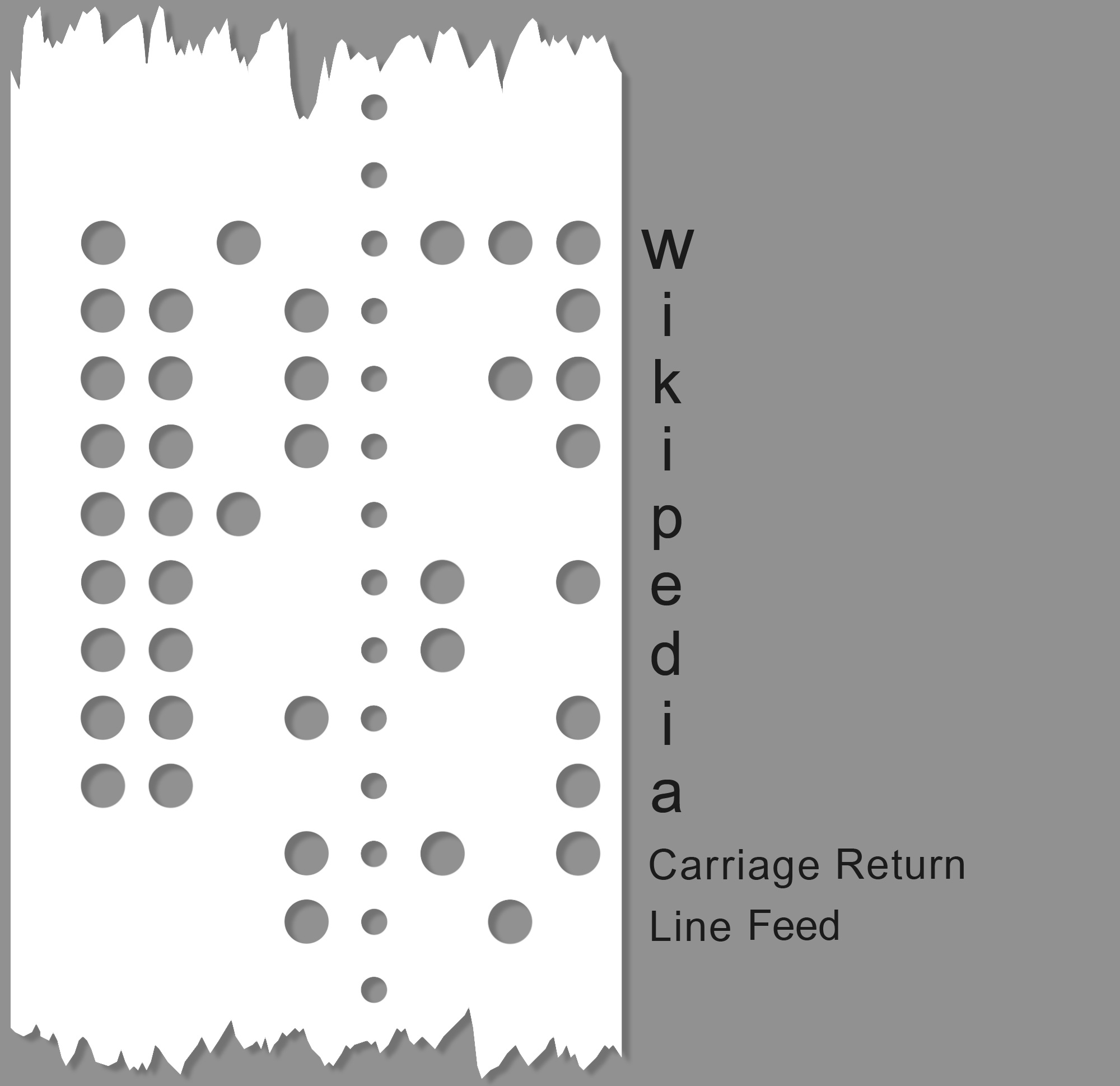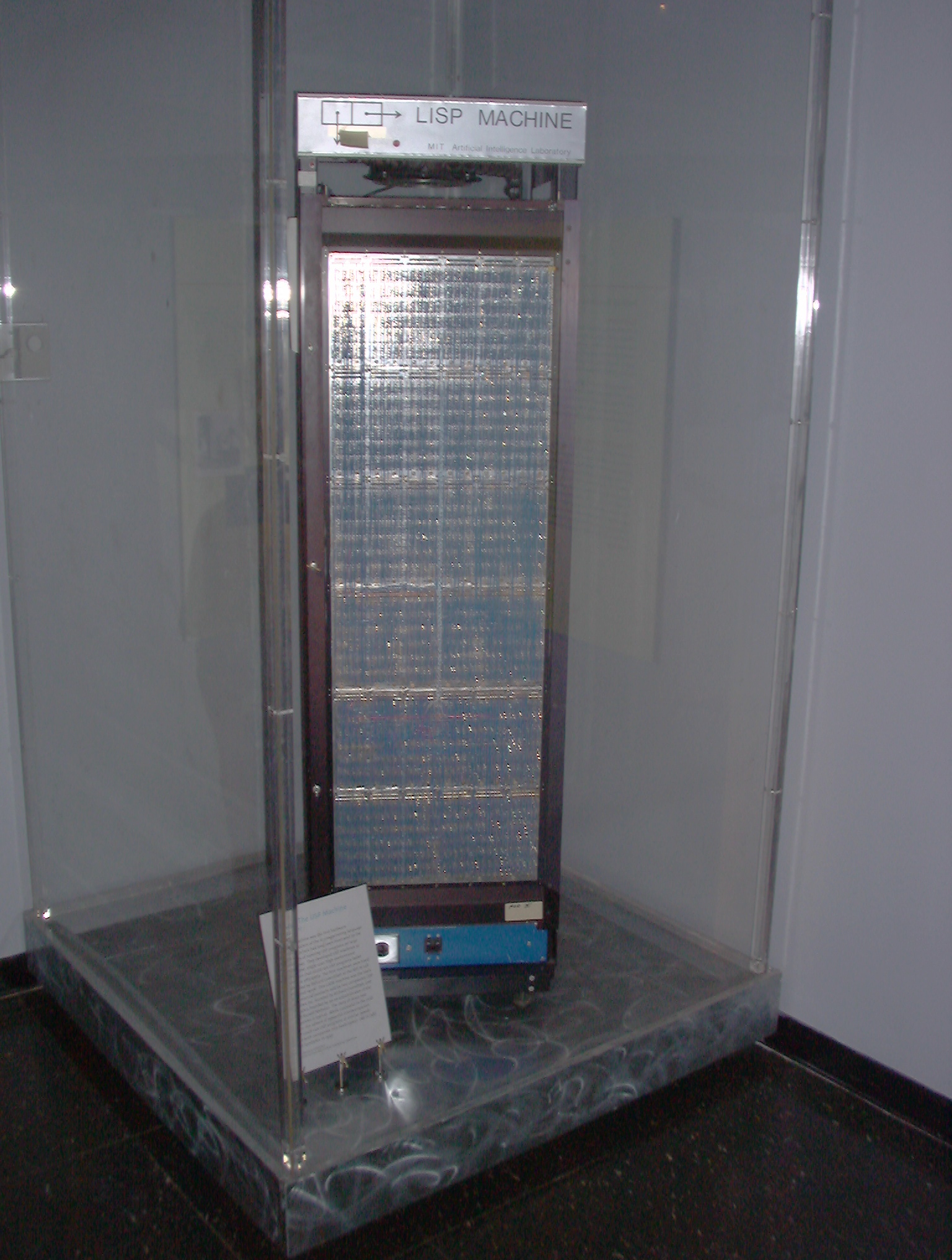|
Canonical S-expressions
A Canonical S-expression (or ) is a binary encoding form of a subset of general S-expression (or sexp). It was designed for use in SPKI to retain the power of S-expressions and ensure canonical form for applications such as digital signatures while achieving the compactness of a binary form and maximizing the speed of parsing. The particular subset of general S-expressions applicable here is composed of atoms, which are byte strings, and parentheses used to delimit lists or sub-lists. These S-expressions are fully recursive. While S-expressions are typically encoded as text, with spaces delimiting atoms and quotation marks used to surround atoms that contain spaces, when using the canonical encoding each atom is encoded as a length-prefixed byte string. No whitespace separating adjacent elements in a list is permitted. The length of an atom is expressed as an ASCII decimal number followed by a ":". Example The sexp (this "Canonical S-expression" has 5 atoms) becomes the ... [...More Info...] [...Related Items...] OR: [Wikipedia] [Google] [Baidu] |
S-expression
In computer programming, an S-expression (or symbolic expression, abbreviated as sexpr or sexp) is an expression in a like-named notation for nested List (computing), list (Tree (data structure), tree-structured) data. S-expressions were invented for, and popularized by, the programming language Lisp (programming language), Lisp, which uses them for source code as well as data. Characteristics In the usual parenthesized Syntax (programming languages), syntax of Lisp, an S-expression is classically definedJohn McCarthy (1960/2006)Recursive functions of symbolic expressions. Originally published in Communications of the ACM. as # an atom of the form ''x'', or # an Expression (computer science), expression of the form (''x'' . ''y'') where ''x'' and ''y'' are S-expressions. This definition reflects LISP's representation of a list as a series of "cells", each one an ordered pair. In plain lists, ''y'' points to the next cell (if any), thus forming a Linked list, list. The Recursi ... [...More Info...] [...Related Items...] OR: [Wikipedia] [Google] [Baidu] |
Simple API For XML
SAX (Simple API for XML) is an event-driven online algorithm for lexing and parsing XML documents, with an API developed by the XML-DEV mailing list. SAX provides a mechanism for reading data from an XML document that is an alternative to that provided by the Document Object Model (DOM). Where the DOM operates on the document as a whole—building the full abstract syntax tree of an XML document for convenience of the user—SAX parsers operate on each piece of the XML document sequentially, issuing parsing events while making a single pass through the input stream. Definition The Java implementation of SAX is considered to be normative since there is no formal specification. SAX processes documents state-independently, in contrast to DOM which is used for state-dependent processing of XML documents. Benefits A SAX parser only needs to report each parsing event as it happens, and normally discards almost all of that information once reported (it does, however, keep some ... [...More Info...] [...Related Items...] OR: [Wikipedia] [Google] [Baidu] |
Character Sets
Character encoding is the process of assigning numbers to graphical character (computing), characters, especially the written characters of human language, allowing them to be stored, transmitted, and transformed using computers. The numerical values that make up a character encoding are known as code points and collectively comprise a code space or a code page. Early character encodings that originated with optical or electrical telegraphy and in early computers could only represent a subset of the characters used in written languages, sometimes restricted to Letter case, upper case letters, Numeral system, numerals and some punctuation only. Over time, character encodings capable of representing more characters were created, such as ASCII, the ISO/IEC 8859 encodings, various computer vendor encodings, and Unicode encodings such as UTF-8 and UTF-16. The Popularity of text encodings, most popular character encoding on the World Wide Web is UTF-8, which is used in 98.2% of surve ... [...More Info...] [...Related Items...] OR: [Wikipedia] [Google] [Baidu] |
Association List
In computer programming and particularly in Lisp, an association list, often referred to as an alist, is a linked list in which each list element (or node) comprises a key and a value. The association list is said to ''associate'' the value with the key. In order to find the value associated with a given key, a sequential search is used: each element of the list is searched in turn, starting at the head, until the key is found. Associative lists provide a simple way of implementing an associative array, but are efficient only when the number of keys is very small. Operation An associative array is an abstract data type that can be used to maintain a collection of key–value pairs and look up the value associated with a given key. The association list provides a simple way of implementing this data type. To test whether a key is associated with a value in a given association list, search the list starting at its first node and continuing either until a node containing the ... [...More Info...] [...Related Items...] OR: [Wikipedia] [Google] [Baidu] |
LISP
Lisp (historically LISP, an abbreviation of "list processing") is a family of programming languages with a long history and a distinctive, fully parenthesized Polish notation#Explanation, prefix notation. Originally specified in the late 1950s, it is the second-oldest high-level programming language still in common use, after Fortran. Lisp has changed since its early days, and many Programming language dialect, dialects have existed over its history. Today, the best-known general-purpose Lisp dialects are Common Lisp, Scheme (programming language), Scheme, Racket (programming language), Racket, and Clojure. Lisp was originally created as a practical mathematical notation for computer programs, influenced by (though not originally derived from) the notation of Alonzo Church's lambda calculus. It quickly became a favored programming language for artificial intelligence (AI) research. As one of the earliest programming languages, Lisp pioneered many ideas in computer science, includ ... [...More Info...] [...Related Items...] OR: [Wikipedia] [Google] [Baidu] |
Steven DeRose
Stephen or Steven is an English first name. It is particularly significant to Christians, as it belonged to Saint Stephen ( ), an early disciple and deacon who, according to the Book of Acts, was stoned to death; he is widely regarded as the first martyr (or " protomartyr") of the Christian Church. The name, in both the forms Stephen and Steven, is often shortened to Steve or Stevie. In English, the female version of the name is Stephanie. Many surnames are derived from the first name, including Stephens, Stevens, Stephenson, and Stevenson, all of which mean "Stephen's (son)". In modern times the name has sometimes been given with intentionally non-standard spelling, such as Stevan or Stevon. A common variant of the name used in English is Stephan ( ); related names that have found some currency or significance in English include Stefan (pronounced or in English), Esteban (often pronounced ), and the Shakespearean Stephano ( ). Origins The name "Stephen" (and its ... [...More Info...] [...Related Items...] OR: [Wikipedia] [Google] [Baidu] |
JPEG
JPEG ( , short for Joint Photographic Experts Group and sometimes retroactively referred to as JPEG 1) is a commonly used method of lossy compression for digital images, particularly for those images produced by digital photography. The degree of compression can be adjusted, allowing a selectable trade off between storage size and image quality. JPEG typically achieves 10:1 compression with noticeable, but widely agreed to be acceptable perceptible loss in image quality. Since its introduction in 1992, JPEG has been the most widely used image compression standard in the world, and the most widely used digital image format, with several billion JPEG images produced every day as of 2015. The Joint Photographic Experts Group created the standard in 1992, based on the discrete cosine transform (DCT) algorithm. JPEG was largely responsible for the proliferation of digital images and digital photos across the Internet and later social media. JPEG compression is used in a number of ... [...More Info...] [...Related Items...] OR: [Wikipedia] [Google] [Baidu] |
UTF-8
UTF-8 is a character encoding standard used for electronic communication. Defined by the Unicode Standard, the name is derived from ''Unicode Transformation Format 8-bit''. Almost every webpage is transmitted as UTF-8. UTF-8 supports all 1,112,064 valid Unicode code points using a variable-width encoding of one to four one- byte (8-bit) code units. Code points with lower numerical values, which tend to occur more frequently, are encoded using fewer bytes. It was designed for backward compatibility with ASCII: the first 128 characters of Unicode, which correspond one-to-one with ASCII, are encoded using a single byte with the same binary value as ASCII, so that a UTF-8-encoded file using only those characters is identical to an ASCII file. Most software designed for any extended ASCII can read and write UTF-8, and this results in fewer internationalization issues than any alternative text encoding. UTF-8 is dominant for all countries/languages on the internet, with 99% global ... [...More Info...] [...Related Items...] OR: [Wikipedia] [Google] [Baidu] |
Unicode
Unicode or ''The Unicode Standard'' or TUS is a character encoding standard maintained by the Unicode Consortium designed to support the use of text in all of the world's writing systems that can be digitized. Version 16.0 defines 154,998 Character (computing), characters and 168 script (Unicode), scripts used in various ordinary, literary, academic, and technical contexts. Unicode has largely supplanted the previous environment of a myriad of incompatible character sets used within different locales and on different computer architectures. The entire repertoire of these sets, plus many additional characters, were merged into the single Unicode set. Unicode is used to encode the vast majority of text on the Internet, including most web pages, and relevant Unicode support has become a common consideration in contemporary software development. Unicode is ultimately capable of encoding more than 1.1 million characters. The Unicode character repertoire is synchronized with Univers ... [...More Info...] [...Related Items...] OR: [Wikipedia] [Google] [Baidu] |
Schematron
Schematron is a rule-based validation language for making assertions about the presence or absence of patterns in XML trees. It is a structural schema language expressed in XML using a small number of elements and XPath languages. In many implementations, Schematron XML is processed into XSLT code for deployment anywhere that XSLT can be used. Schematron is capable of expressing constraints in ways that other XML schema languages like XML Schema and DTD cannot. For example, it can require that the content of an element be controlled by one of its siblings. Or it can request or require that the root element, regardless of what element that is, must have specific attributes. Schematron can also specify required relationships between multiple XML files. Constraints and content rules may be associated with "plain-English" (or any language) validation error messages, allowing translation of numeric Schematron error codes into meaningful user error messages. Users of Schematron define ... [...More Info...] [...Related Items...] OR: [Wikipedia] [Google] [Baidu] |
RelaxNG
In computing, RELAX NG (REgular LAnguage for XML Next Generation) is a schema language for XML—a RELAX NG schema specifies a pattern for the structure and content of an XML document. A RELAX NG schema is itself an XML document but RELAX NG also offers a popular compact, non-XML syntax. Compared to other XML schema languages RELAX NG is considered relatively simple. It was defined by a committee specification of the OASIS RELAX NG technical committee in 2001 and 2002, based on Murata Makoto's RELAX and James Clark's TREX, and also by part two of the international standard ISO/IEC 19757: Document Schema Definition Languages ( DSDL). ISO/IEC 19757-2 was developed by ISO/IEC JTC 1/SC 34 and published in its first version in 2003. Comparison with W3C XML Schema Although the RELAX NG specification was developed at roughly the same time as the W3C XML Schema specification, the latter was arguably better known and more widely implemented in both open-source and proprietary XML pars ... [...More Info...] [...Related Items...] OR: [Wikipedia] [Google] [Baidu] |




